Conservation
The Northeast Iowa Dairy & Agriculture Foundation has committed to dialing in on carbon emissions generated on the farm with the goal of becoming net zero. This proactive approach follows the United States dairy industry’s goal of becoming carbon neutral or better by the year 2050 while optimizing water use and improving water quality by enhancing the use of manure and nutrients.
Local farmers and industry stakeholders attended the two strategic planning sessions held by the Dairy & Agriculture Foundation. The group set a collective goal to demonstrate strategies for area farms to reference when implementing practices to achieve the goal of becoming net zero. This includes demonstration in renewable energy, feed production, cow care, manure and nutrient use and water efficiencies and quality.
Contact us to get involved in the Dairy & Agriculture Foundation’s net zero journey.
Conservation Projects
Like other farms, we are committed to preserving the land for generations to come. The Dairy & Agriculture Foundation has partnered with Northeast Iowa Community College to implement conservation projects and practices across the farm and campus.
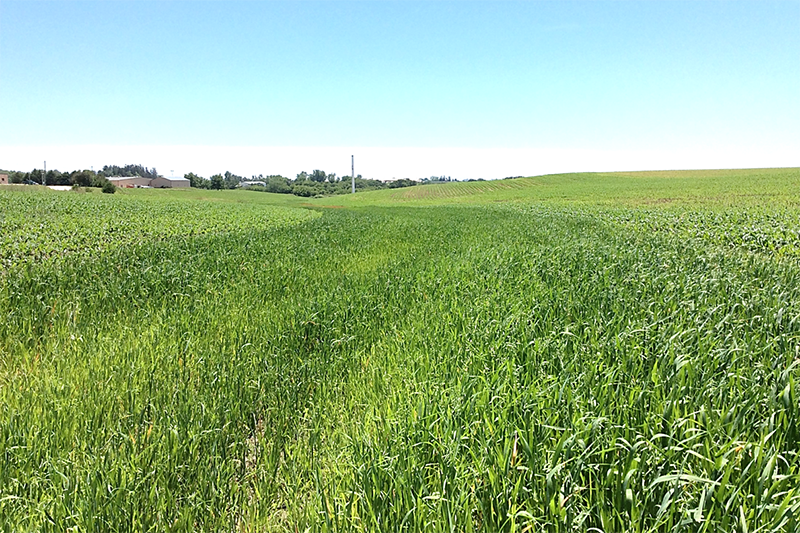
Grassed Waterways
Waterways are constructed to convey runoff from concentrated-flow areas, terraces, or diversions where erosion control is needed. Waterways can be used to control gullies and/or improve the water quality of downstream water bodies by reducing the sediment carried by runoff water.
Permeable Pavers
Permeable pavers are a stormwater management practice used in place of traditional concrete or asphalt to decrease stormwater runoff. Unlike traditional surfaces, permeable pavers allow water to infiltrate into a layer or rock. Water then moves into the soil or to a subsurface drain.
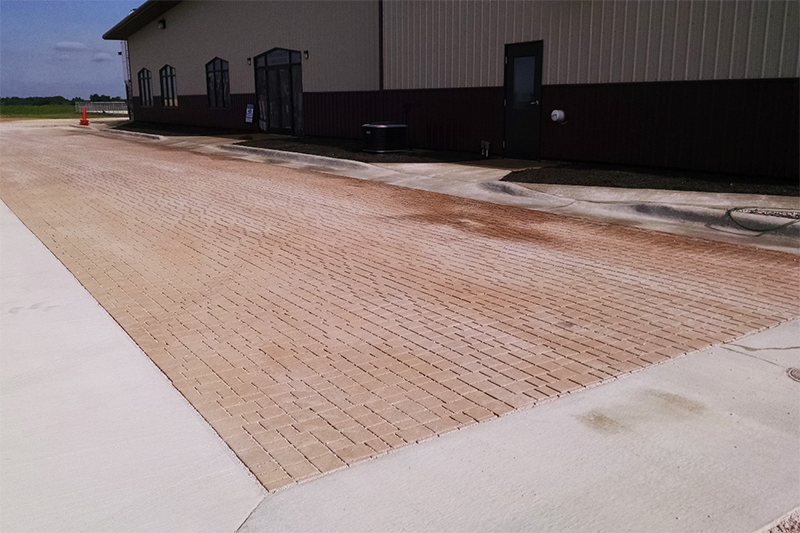
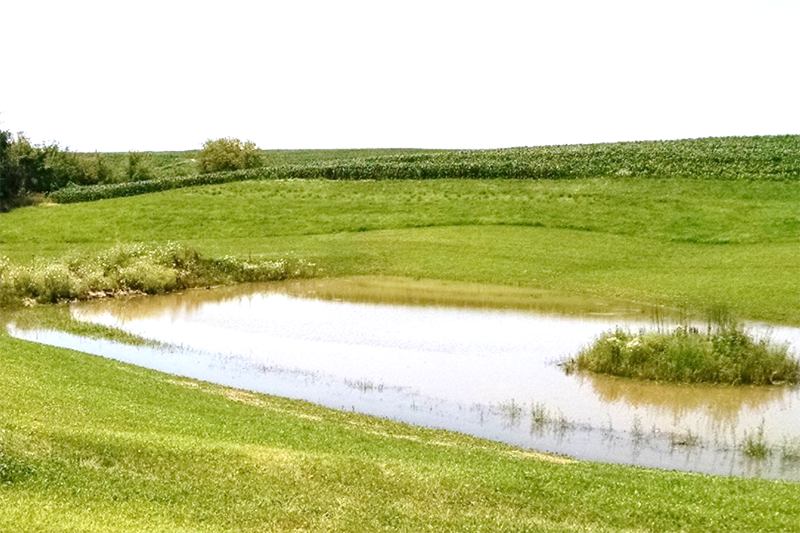
Pond & Wetland Restoration
An Iowa pond is the perfect spot for many fun outdoor activities. Iowa's ponds reflect the fertility of its agricultural land, which can create vegetation issues. Proper management of the pond and its surroundings is important to keep the pond healthy.
Wetland restoration is a way to return a former or degraded wetland to a condition that is a close approximation of its original condition. Wetlands are a valuable part of the natural landscape because they provide habitat for wildlife, reduce flooding, improve water quality, and increase groundwater recharge.
Infiltration Trench
An infiltration trench is a long, narrow, rock-filled trench with no outlet that receives stormwater runoff. By diverting runoff into the soil, an infiltration trench not only treats the water quality volume, but also helps to preserve the natural water balance on a site and can recharge groundwater and preserve baseflow.
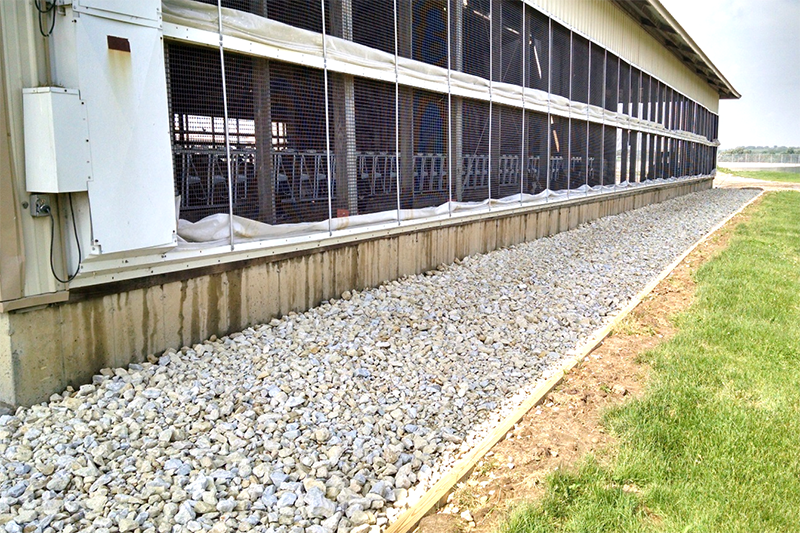
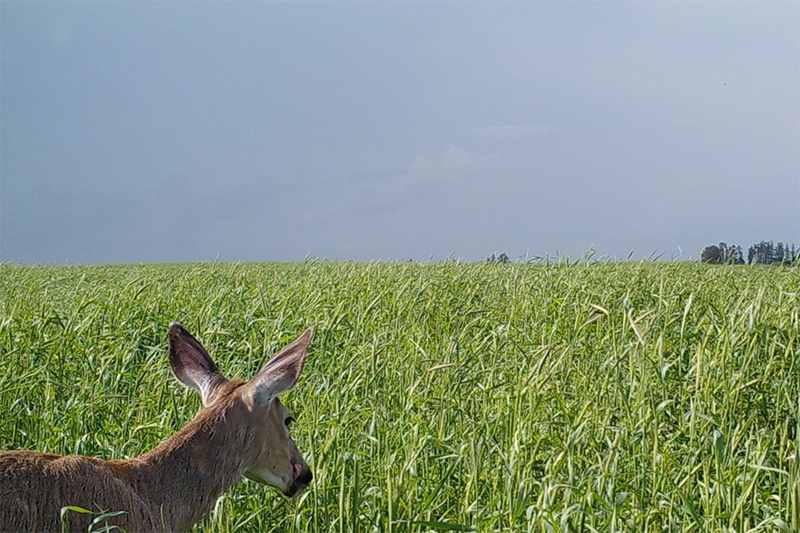
No-Till and Cover Crop
No-till practice maintains most of the crop residue on the soil surface throughout the year. The only tillage performed is a very narrow strip prepared by coulters, sweeps, or similar devices attached to the front of the planter. Benefits to soil include increasing organic matter, improving soil tilth, and increasing productivity as the constant supply of organic material left on the soil surface is decomposed by a healthy population of earthworms and other organisms.
Cover crop is growing a crop of grass, small grain, or legumes primarily for seasonal protection and soil improvement. This practice is used to control erosion, add fertility and organic material to the soil, improve soil tilth, increase infiltration and aeration of the soil, and improve overall soil health.
Soil Health Project
Using the practices of no-till and cover crops to improve soil health, these areas of the campus will be used to educate producers and students in soil health best practices. This is being completed as part of the USDA’s Community College Alliance for Agriculture Advancement (C2A3) project which involves nine community colleges across the midwest.


